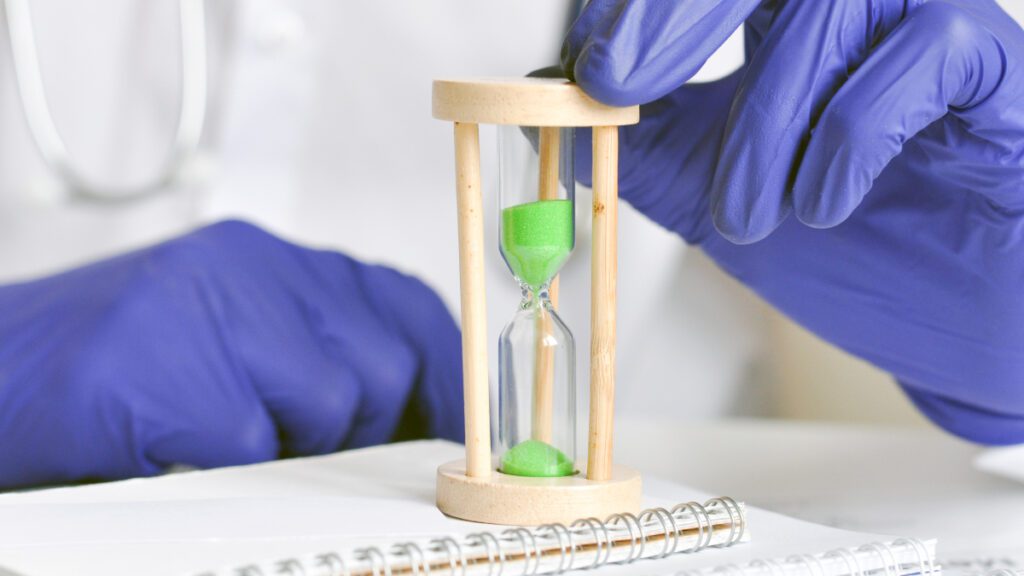IBEC researchers uncover how mechanical forces disrupt the circadian clock in cells, the mechanism governing daily physiological changes. The finding may help to better understand aging and specific diseases, like certain types of cancer, characterized by impaired circadian regulation.

Living organisms possess an internal biological cycle known as the circadian clock, enabling them to adapt to environmental changes arising from the Earth’s rotation. This internal clock regulates vital physiological processes including sleep, metabolism, hormonal fluctuations, body temperature, and blood pressure. In 2017, the Nobel Prize in Medicine was bestowed upon researchers who made significant breakthroughs in understanding the mechanisms governing this intricate system.
The proper functioning of the circadian clock is crucial for living beings to anticipate and adjust their physiology to the changes between day and night. An example of the misalignment between the circadian clock and the external environment is the condition called jet lag, wherein individuals experience physiological disruptions when traveling across multiple time zones within a short period of time.
A team of researchers, led by Xavier Trepat, an ICREA research professor and head of the Integrative Cell and Tissue Dynamics at IBEC, has made significant progress in unraveling the inner workings of the circadian clock. They have successfully described the mechanism through which external physical forces disrupt the circadian clock in cells. This groundbreaking research, a collaboration between IBEC and Pompeu Fabra University in Barcelona, was published in the Journal of Cell Biology yesterday.
YAP protein: key in the deregulation of the internal clock in response to physical forces
In mammals, the central circadian clock is situated in the brain and primarily regulated by light. However, each cell possesses its own individual internal clock, which senses and adjusts to the microenvironment.
“Recent studies have revealed that mechanical forces have the ability to disrupt the circadian clock. What we present now is the molecular mechanism by which this occurs.”
Juan F. Abenza, co-first author of the study and researcher at IBEC.
By conducting in vitro experiments using mouse fibroblasts, which are connective tissue cells responsible for maintaining structural integrity, the researchers have observed that the dysregulation of the circadian clock is linked to the YAP protein (Yes-Associated Protein). Interestingly, this protein also governs cell proliferation and has implications in the development of metastases across various types of cancer.
The YAP protein serves as the convergence point for external mechanical signals, enabling cells to sense the rigidity of their environment. Initially present in an inactive form within the cytoplasm of cells, YAP becomes activated in response to mechanical stimuli. Once activated, it translocates to the nucleus, where it selectively influences specific “target” genes, initiating a response to the initial stimulus.
Researchers have utilized advanced techniques such as confocal microscopy, microfabrication, and customized computer analysis to investigate the functionality of the circadian clock at the cellular level. By applying controlled mechanical, biochemical, and genetic perturbations to cells, they have discovered that one of the “target” genes influenced by YAP is Rev-erbα, a central gene involved in circadian clock regulation.
“When a physical force impacts the cell, the YAP protein translocates from the cytoplasm to the nucleus, disrupting circadian oscillations by affecting the Rev-erbα gene.”
Leone Rossetti, co-first author of the study and researcher at IBEC.
The finding that YAP alters cellular rhythm adds a new dimension to circadian clock regulation. It provides elements that can help explain the dysfunction of the clock in cancer cells and during the aging process.
Xavier Trepat, leader of the study, is also a professor at the Universitat de Barcelona (UB) and member of the Centro de Investigación Biomédica en Red en Bioingeniería, Biomateriales y Nanomedicina (CIBER-BBN).
Referenced article:
Juan F. Abenza, Leone Rossetti, Malèke Mouelhi, Javier Burgués, Ion Andreu, Keith Kennedy, Pere Roca-Cusachs, Santiago Marco, Jordi García-Ojalvo, Xavier Trepat. Mechanical control of the mammalian circadian clock via YAP/TAZ and TEAD. J Cell Biol (2023). DOI: 10.1083/jcb.202209120





